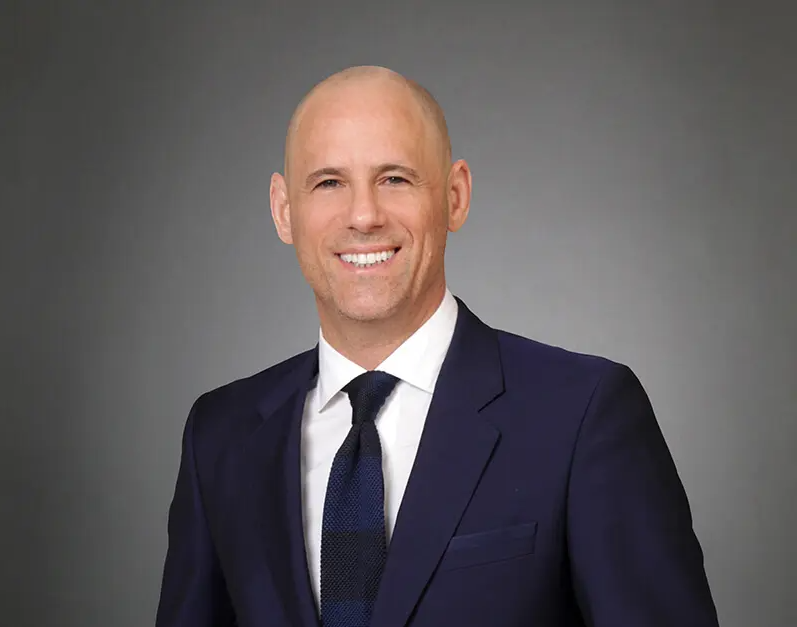The Consolidated Appropriations Act and PBM Transparency
New federal law introduces significant changes in the design of pharmacy benefit plans with aims to level the playing field between PBMs and their employee healthcare benefit plan clients.
Dae. Y. Lee, Esq.

Jonathan E. Levitt, Esq.

Pharmacy Benefit Managers (PBMs) have been extending vertical integration in new and unique ways, leading to significant issues for plan sponsors and plans (referred to as “Plans” collectively). In a new and innovative approach, several large PBMs have created an additional layer between themselves and manufacturers to effectively delegate the collection of manufacturer rebates to “rebate aggregators.” Sometimes referred to as rebate GPOs, these mysterious entities include Ascent Health Services, a Switzerland-based GPO that Express Scripts launched in 2019; Zinc, a contracting entity launched by CVS Health in 2020, and Emisar Pharma Services, an Ireland-based entity recently rolled out by OptumRx. Even some of the major PBMs (i.e., the “Big Three” PBMs) sometimes contract with other PBMs’ rebate aggregators for the collection of manufacturer rebates as seen in the case of OptumRx contracting with Express Scripts for rebate aggregation for public employee plans. Worse yet, several of these entities have claimed exemption from the federal GPO Safe Harbor, resulting in a lack of transparency, and few limitations of their profitability.
To address these issues and promote fairness, a new federal law has introduced significant changes in the design of pharmacy benefit plans. It aims to level the playing field between PBMs and their employee healthcare benefit plan clients who have long been taking advantage of Plans through concealed rebate revenue and spread earned by PBMs on inflated drug costs. They impose one-sided contractual provisions on Plans that have opaque terms and conditions. The Consolidated Appropriations Act of 2021 (CAA) marks a major shift in the pharmacy benefits landscape, bringing increased transparency to key aspects of Plan design. The CAA safeguards the rights of Plans and promotes transparency in PBM-Plan agreements.
The CAA amended numerous provisions of the Employee Retirement Income Security Act of 1974 (ERISA), the Public Health Service Act (PHA), and the Internal Revenue Code (IRC). Among the most impactful amendments benefiting Plans and Plan Beneficiaries is the increased transparency of prescription drug costs. ERISA was amended to expressly prohibit gag clauses in PBM-Plan contracts. Previously, these gag clauses made it challenging for Plans to access their own benefit data held by PBMs, allowing PBMs to conceal actual reimbursement the PBM paid to pharmacies. The CAA banished that tool and mandates PBM transparency regarding compensation earned under the PBM-Plan contracts. The amendments expose hidden PBM compensation, and ERISA Plan Sponsors must demand transparency.
Another significant CAA provision regulates PBM compensation under PBM-Plan agreements. ERISA prohibits Plan Fiduciaries from contracting on behalf of the Plan if the arrangement constitutes the furnishing of goods, services, or facilities between the Plan and a “party in interest.” However, ERISA also codifies specific exceptions from the prohibited transactions rule. Plan fiduciaries may contract with PBMs for “services necessary for the establishment or operation of the plan, if no more than reasonable compensation is paid therefor.” It is the responsibility of the Plan Fiduciaries to ensure that PBM contractual arrangements are “reasonable” under ERISA.
The CAA also requires disclosure of compensation that brokers receive. Brokers often receive compensation or incentives from PBMs, and it is not uncommon for brokers to get paid more as the Plan Sponsor’s total drug spend increases. PBMs often pay brokers “per member per month” fees and other consulting fees that prevent brokers from acting on the Plan Sponsor’s best interest. Brokers earn revenues in several different ways, not just through direct fees paid by the Plan Sponsor. Overrides, commissions, bonuses, fees from Third Party Administrators (TPAs), fees paid by PBMs, prescription fill fees, shared savings from plan providers, etc. are all different ways brokers are likely compensated secretly by PBMs. These revenues are typically not disclosed to the Plan Sponsor, which is a conflict of interest that should be avoided.
To fully leverage the benefits provided in ERISA, Plans must demand full descriptions of direct and indirect compensation, as well as the sources of compensation, that the PBM, affiliate, and/or subcontractor will receive related to performing under the contract. Indirect compensation refers to fees that are received from a third party, such as commissions, but not directly from the Plan sponsor or service provider. It is important for Plan Sponsors and Fiduciaries to understand the nature and amount of indirect fees associated with their prescription drug benefits plans, and to ensure that they are reasonable. This will allow Plans to safeguard their rights and promote transparency in PBM-Plan agreements, providing increased transparency on key aspects of Plan design.
Dae Y. Lee, Pharm.D.,CPBS is a pharmacist attorney in Frier Levitt’s Life Sciences Department. Mr. Lee's practice focuses on pharmacy operations, Plan Sponsor operations and compliance, and Pharmacy Benefit Managers (PBMs) regulations. He co-chairs Plan Sponsor Practice Group with Frier Levitt co-founding partner, Jonathan E. Levitt. He advises clients in a wide range of matters including insurance and PBM audits and termination, wrongful recoupment, wrongful network exclusion, and governmental investigations. He can be reached at [email protected].
Jonathan Levitt is co-founder of the national boutique healthcare law firm of Frier Levitt. He is a highly experienced trial attorney whose practice focuses on representing stakeholders in the drug supply chain, such as pharmacies, physician-dispensers, national provider associations, drug manufacturers, drug wholesalers, and plan sponsors. He can be reached at [email protected].